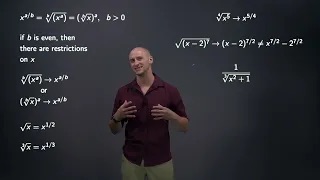
Properties of Radical Functions and Expressions Video 2
How to rewrite radical terms as power terms
Problem: Simplify the following expression.
\[\left( \dfrac{2x^{-2}z^5}{3x^4y^{-11}}\right)^{-2}\]

How to rewrite radical terms as power terms

Simplifying an expression with both power and exponential functions using properties of exponents
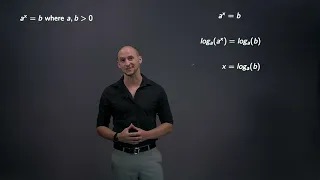
Explaining how to solve equations with power and exponential terms
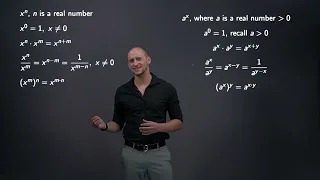
Properties of exponents applied to power and exponential expressions
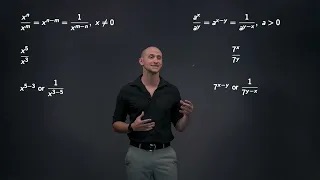
Properties of multiplying and simplifying power and exponential expressions

Properties of exponents applied to power and exponential expressions

Simplifying power and exponential expressions using properties of exponents
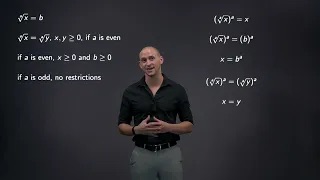
Explaining how to solve radical equations and then solving example problems

Solving equations with odd radicals
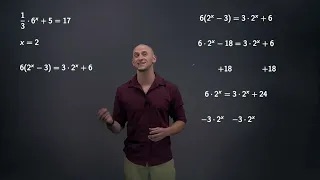
Solving equations with exponential terms

Solving equations with base e exponential terms

Simplifying power and exponential expressions using properties of exponents
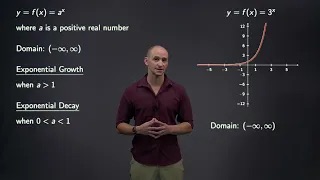
Properties of exponential growth and decay functions
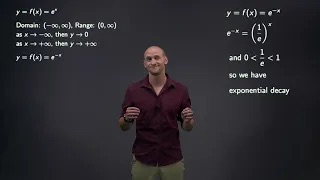
Properties of the exponential function with base e
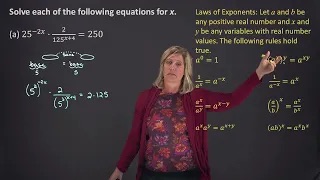
Solving an equation with exponential functions
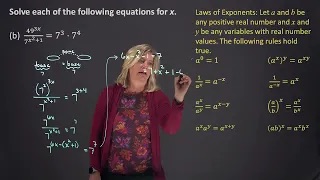
Solving an equation with exponential functions

Solving an equation an exponential function

Solving an equation with exponential functions

Solving an equation with a logarithmic function

Solving an equation with several logarithmic functions
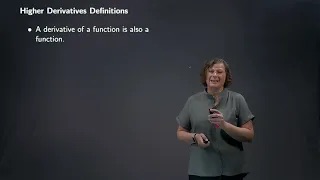
The definition of higher derivatives and solving an example
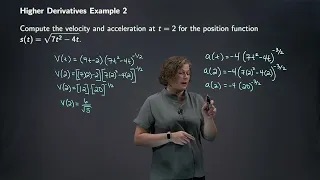
Using derivatives to find the velocity and acceleration functions from the position function
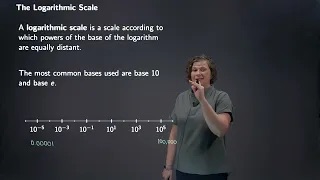
Explaining the definition of logarithmic scale and double-log plots
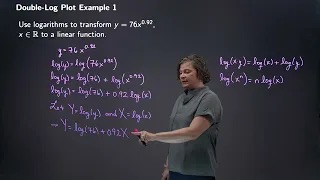
Using logarithms to transform a power function into a linear function
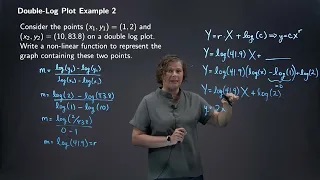
Writing a non-linear function for the graph containing two points on a double-log plot

Writing a non-linear function to represent the line graphed on a semilog plot
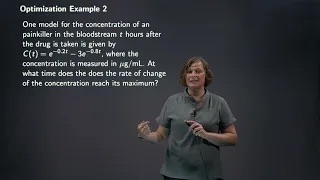
Using the second derivative to find the maximum rate of change in a word problem
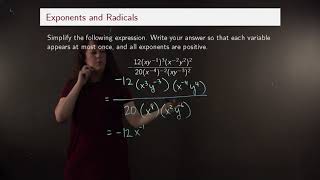
Simplifying a fraction using properties of exponents
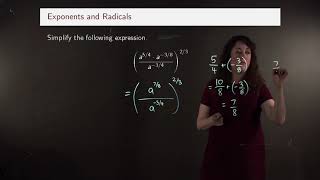
Simplifying a fraction containing fractional exponents
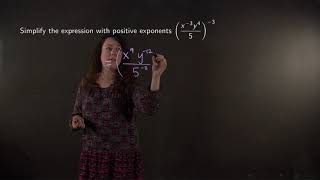
Simplifying a fraction with negative exponents
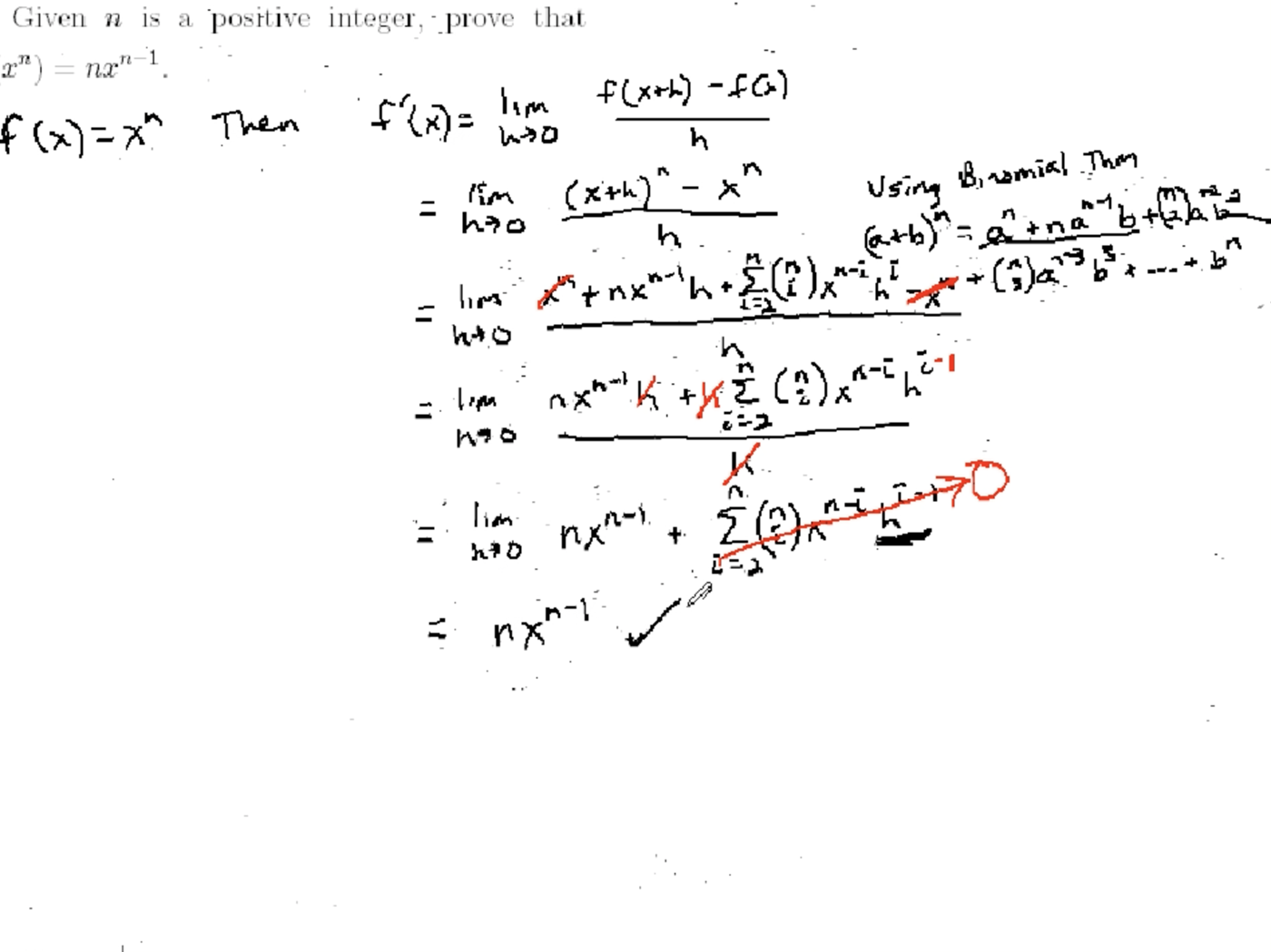
Using the limit definition to find a derivative and proving the power rule

Using the limit definition to find a derivative and proving the power rule
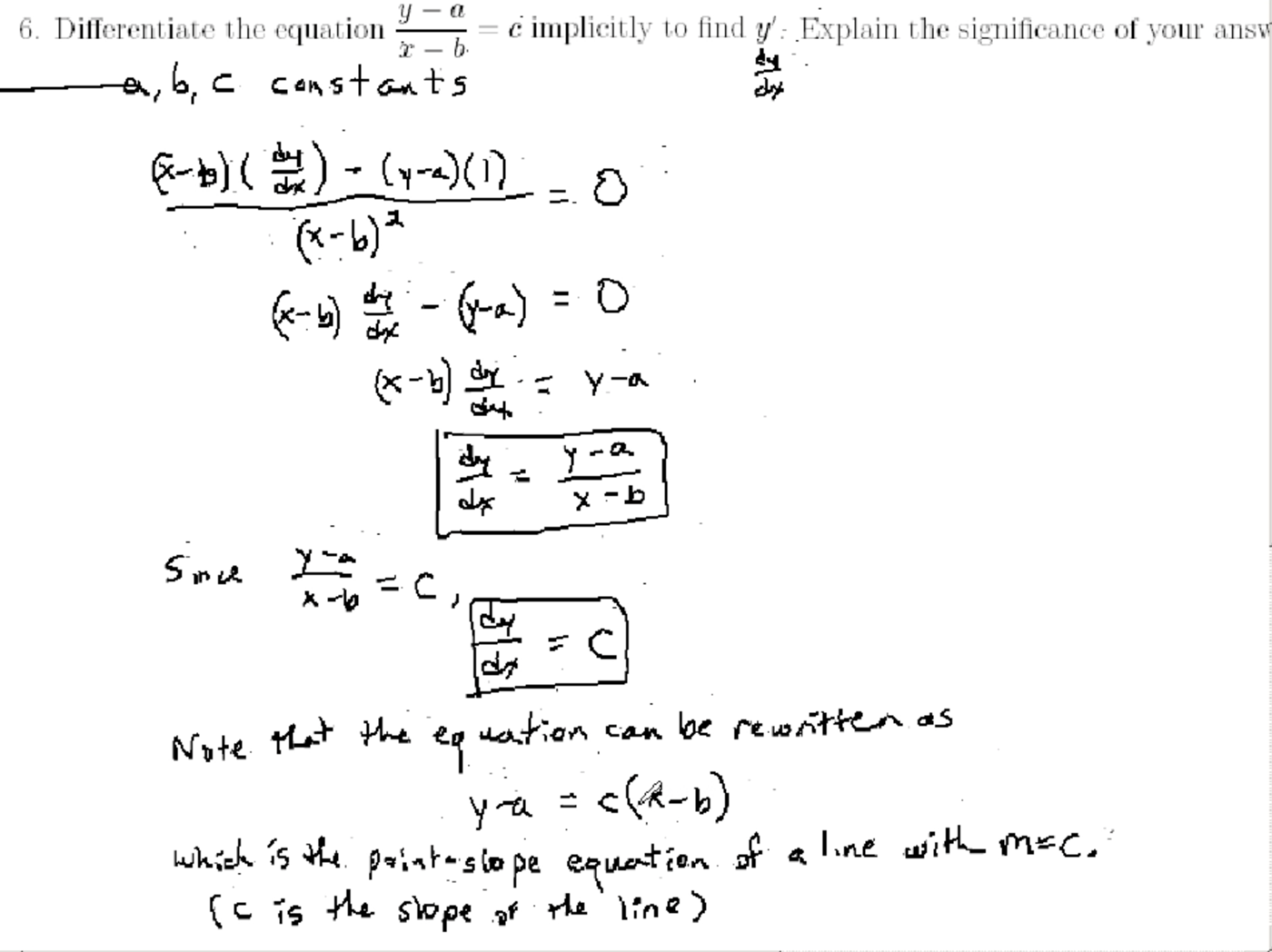
Using implicit differentiation to solve a problem and to prove the power rule for rational exponents
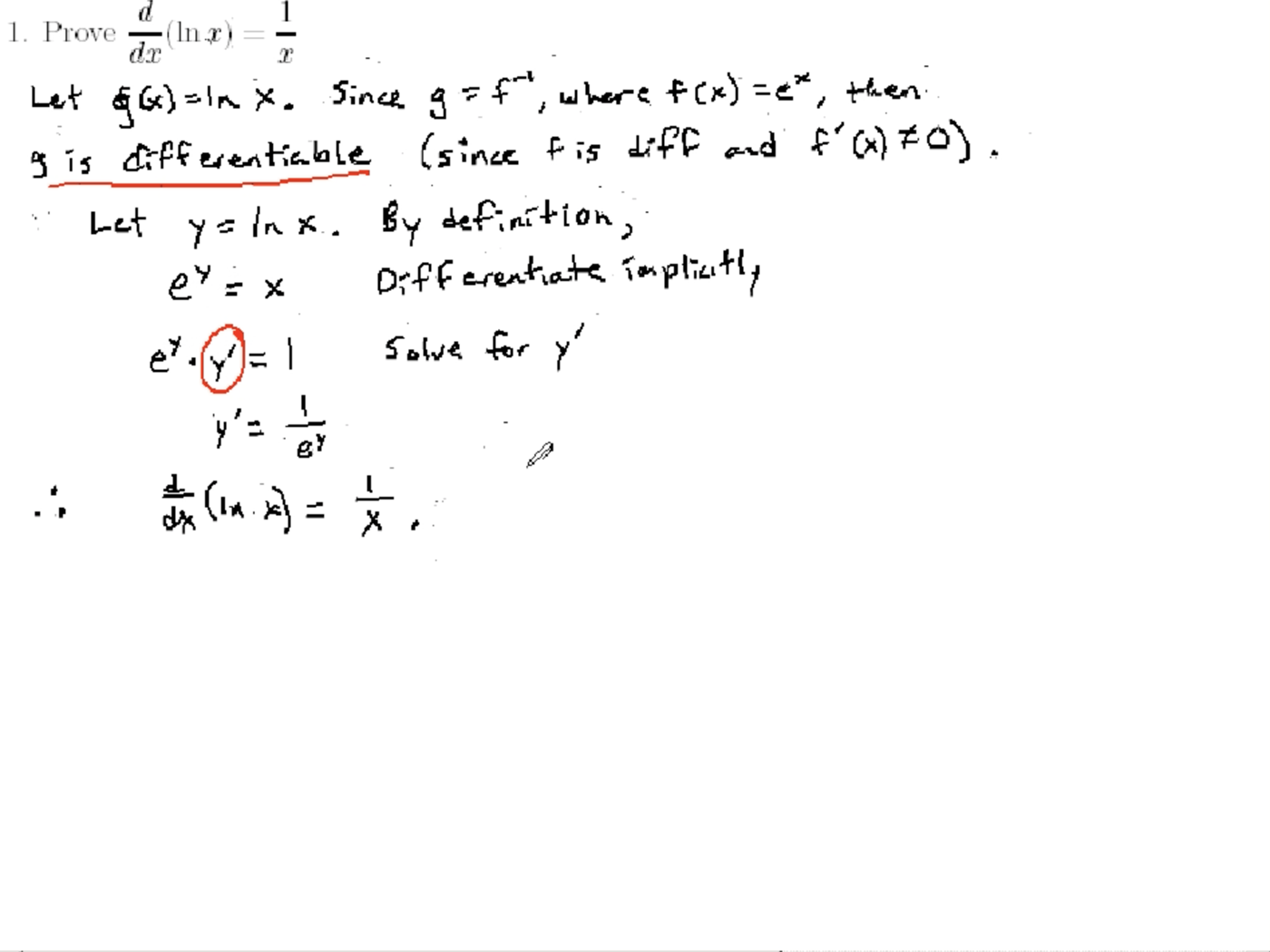
Proving the derivative of ln(x) and the power and product rules using logarithmic differentiation
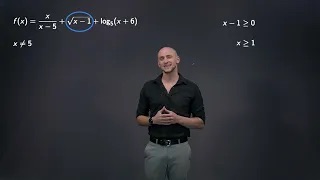
Finding the domain of a function with a denominator, square root, and logarithm
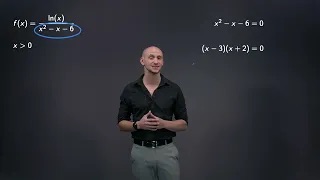
Finding the domain of a function with a natural logarithm and denominator
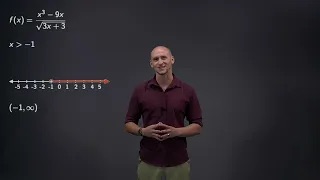
Finding the domain of a function with a square root in the denominator
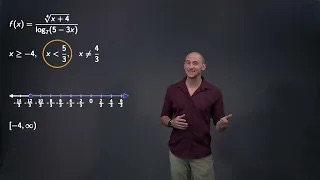
Finding the domain of a function with a root and a logarithm in the denominator
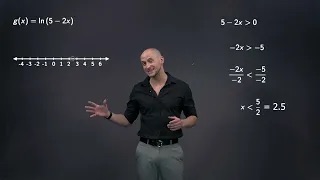
Finding the domain of a logarithmic function
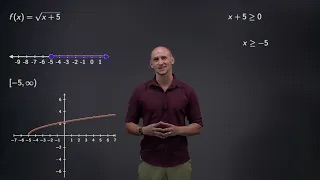
Finding the domain of even and odd roots
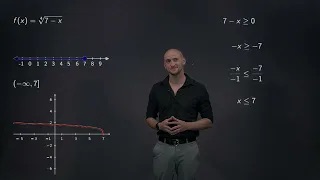
Finding the domain of functions with even and odd roots
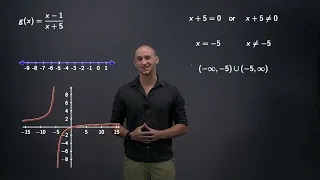
Finding the domain of several rational functions
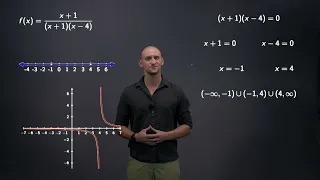
Finding the domain of a rational function
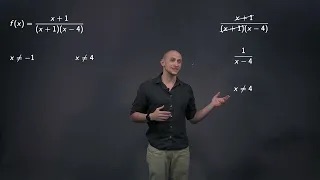
Explaining how to find any holes and vertical asymptotes of a rational function
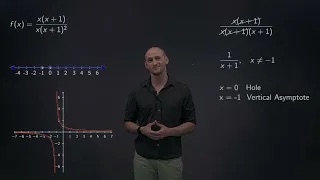
Finding the domain of a rational function using factoring
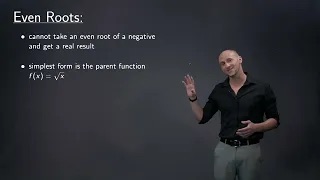
Explaining domain restrictions for denominators, even roots, and logarithms
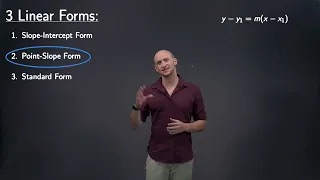
Explaining the main three forms for linear equations
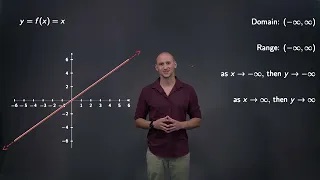
Discussing properties of linear functions
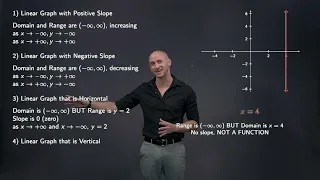
Discussing the types of linear graphs including horizontal and vertical lines and their properties

Discussing how to write the equation of a line through two given points
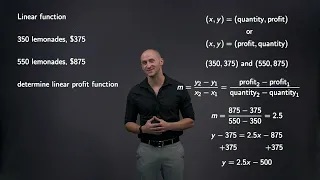
Writing a linear equation of profit from a business word problem
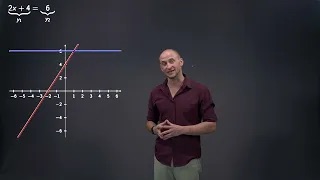
Solving a linear equation algebraically and showing how this relates to the graph
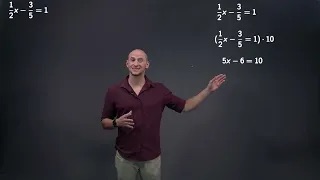
Solving a linear equation algebraically

Solving a linear equation algebraically and showing how this relates to the graph
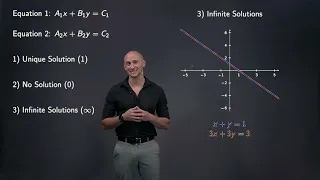
Explaining the format and possible solutions for a system of two linear equations

Solving a system of linear equations with two variables

Solving a system of two linear equations with two variables using the elimination method

Solving a system of two linear equations using a TI-84 calculator
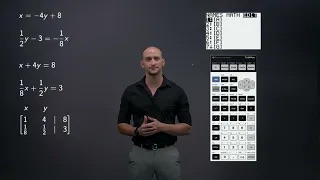
Solving a system of two linear equations using a TI-84 calculator
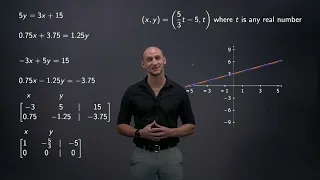
Solving a system of two linear equations using a TI-84 calculator
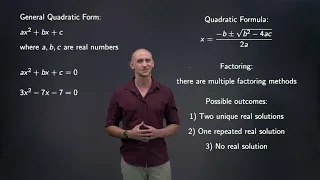
Explaining the standard form for a quadratic equation and the possible number of solutions

Solving quadratic equations with the difference of two squares formula
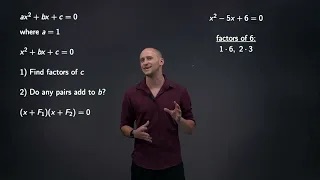
Solving quadratic equations by factoring

Solving a quadratic equation by factoring

Solving a quadratic equation by factoring
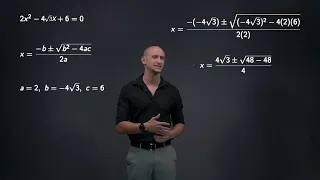
Solving quadratic equations with the quadratic formula and discussing the number of possible solutions

Explaining when a quadratic equation does not have a real solution
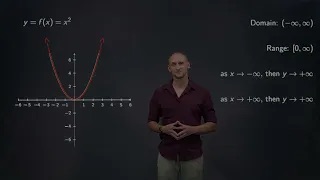
Explaining the graph and properties for the parent function of quadratics
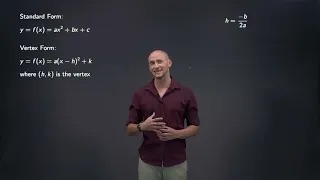
Discussing properties of quadratic functions including the vertex, domain, range, and end behavior
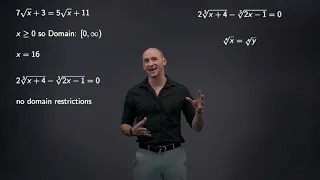
Solving equations with multiple radicals
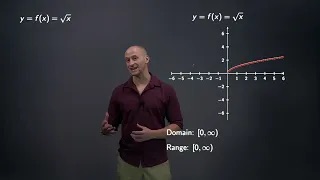
Explaining the general properties of even and odd root functions
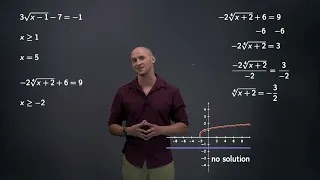
Solving equations with even roots and checking the solutions
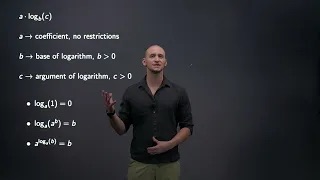
Explaining the terminology and rules of logarithms

Explaining the basic properties of logarithmic functions

Expanding logarithmic expressions using logarithm rules

Condensing a logarithmic expression into a single logarithm

Explaining how to solve logarithmic equations

Solving logarithmic equations with a single logarithm term

Solving logarithmic equations with multiple logarithm terms

Solving logarithmic equations with multiple logarithm terms on both sides
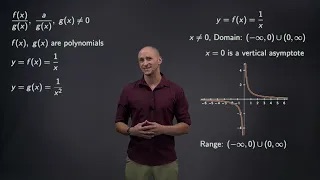
Discussing parent functions of rational functions and their properties
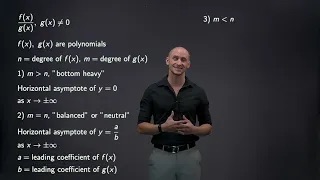
Finding horizontal asymptotes for rational functions
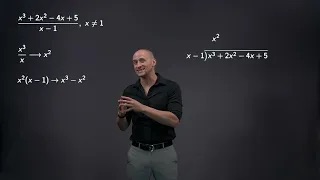
Explaining how to do polynomial long division

Finding horizontal asymptotes for rational functions

Determining the end behavior and horizontal asymptotes for rational functions

Explaining basic algebraic operations for fractions

How to simplify rational expressions

Adding and subtracting rational expressions by finding a common denominator

Explaining how to multiply and divide rational expressions
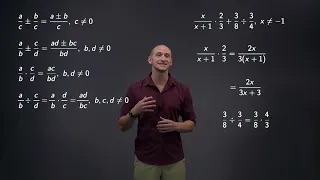
Performing algebraic operations with rational expressions and simplifying the answer

Solving equations that contain rational expressions
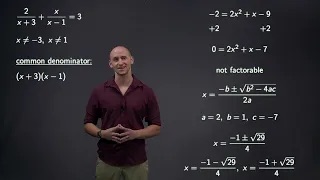
Solving an equation that contains rational expressions
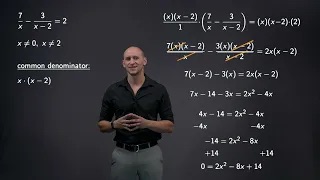
Solving an equation that contains rational expressions

Explaining the format and possible solutions for a system of two linear equations

Simplifying an algebraic expression with exponents

Rewriting a function with a fractional exponent in radical form